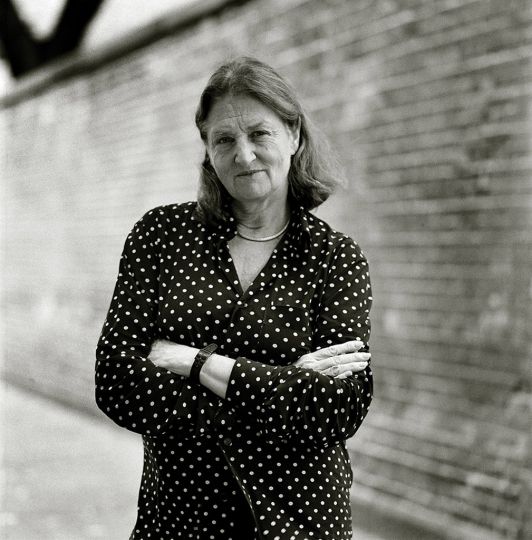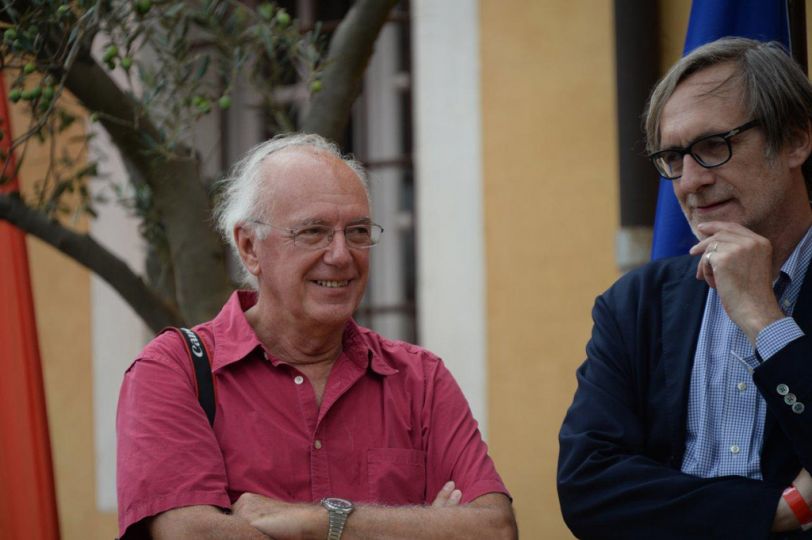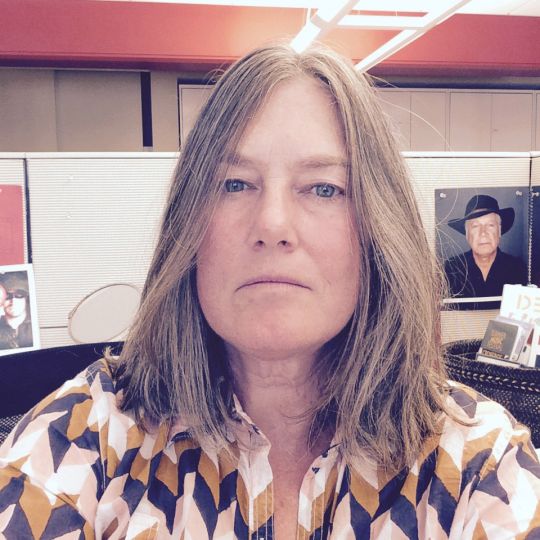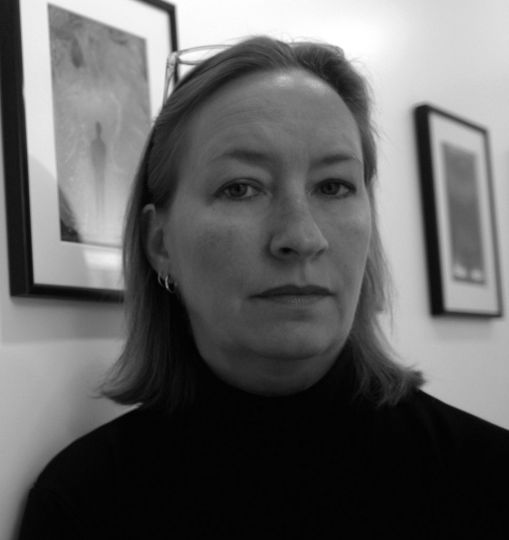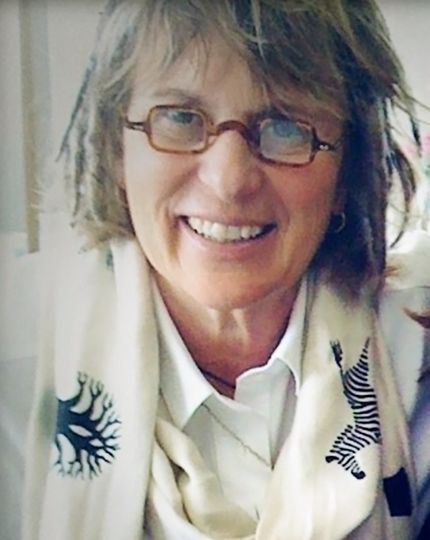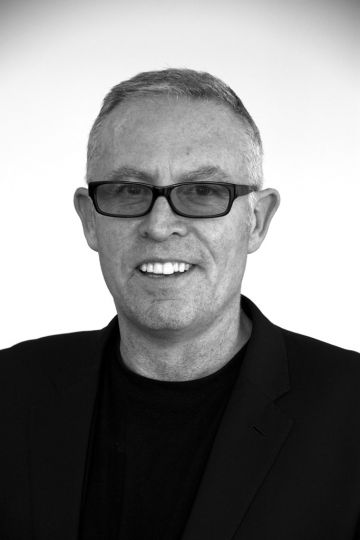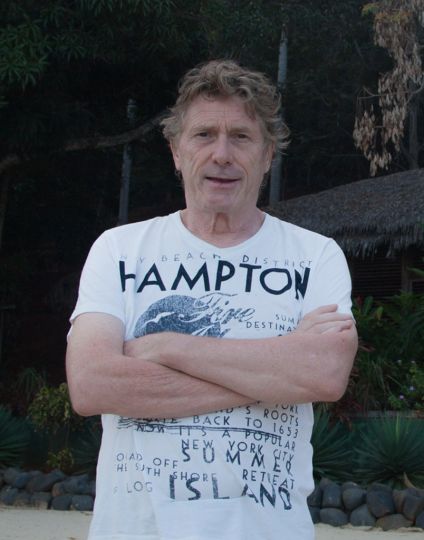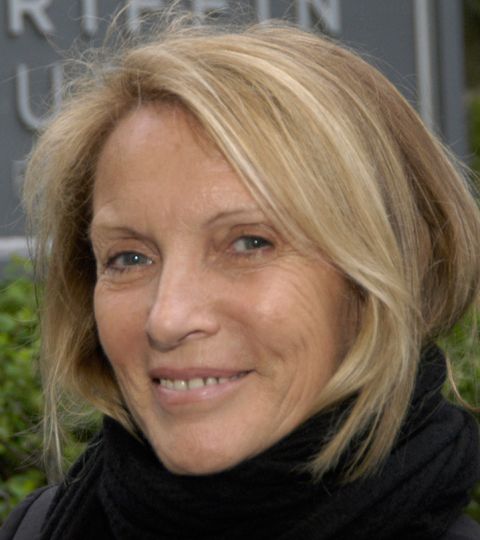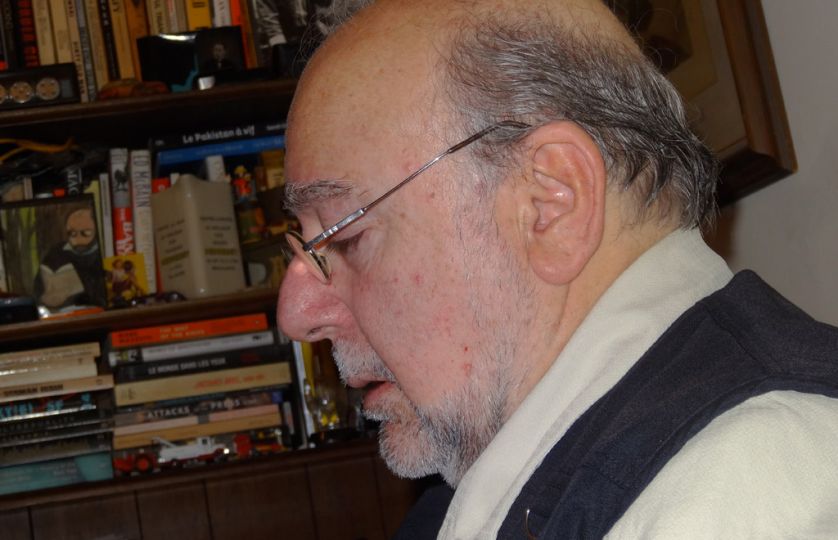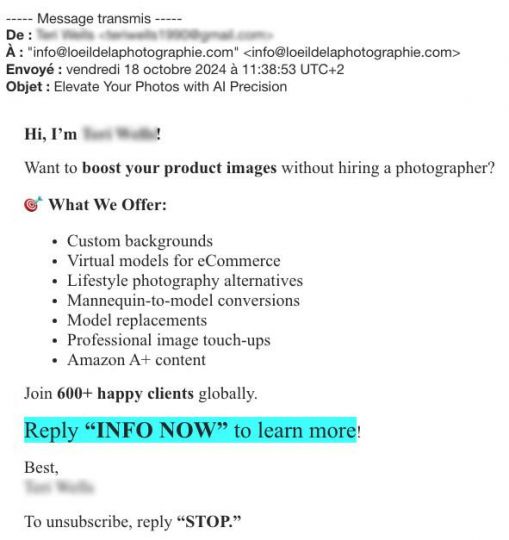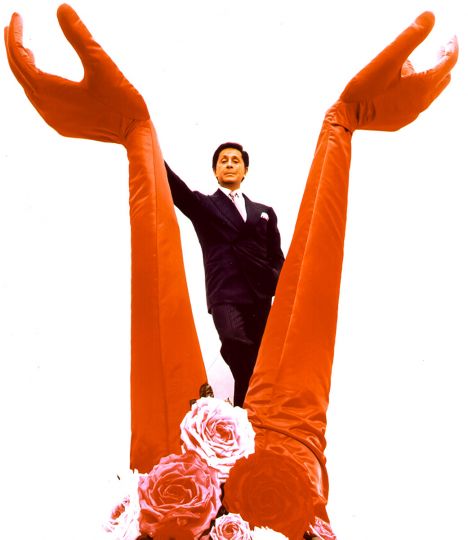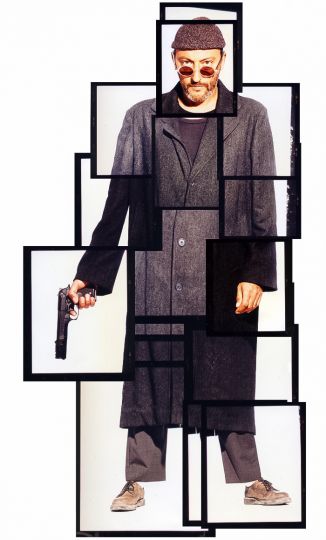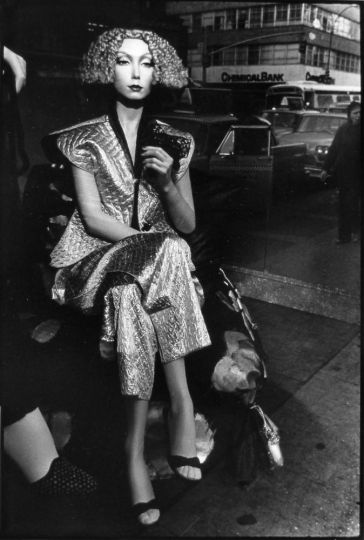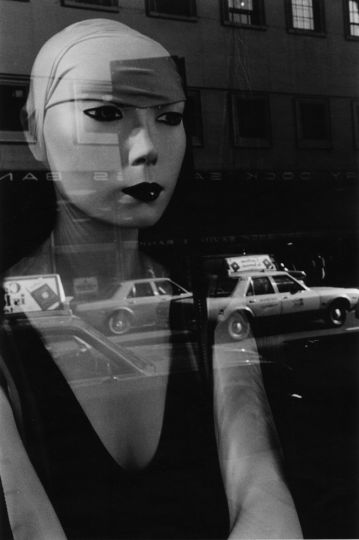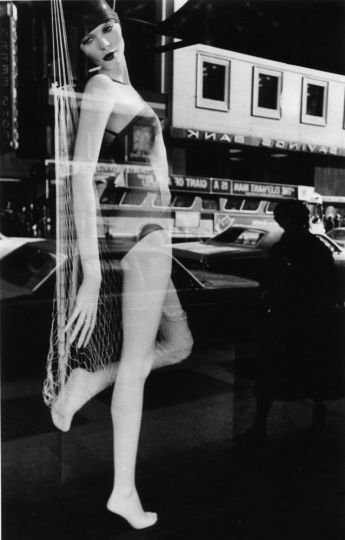As many readers know, I write the weekly blog Photojournalism Now, which features an eclectic selection of news on what’s happening in the world of photography with a focus on photojournalism and social documentary. I am also currently working on my PhD about the evolution of photojournalism and the impact of the current media environment on the genre. This is a work in progress that will continue over the next few years and involve interviewing numerous professionals working in the field.
There is no argument that photojournalism is in a state of transition, but what that means for the industry is open for discussion. Some view what’s happening as a crisis, and others as an opportunity for reinvention. While there is an increasing number of photographers entering the field, there are less paid jobs and almost daily we hear stories of more newspapers and publications reducing their photography departments. But is the mainstream media critical to the photojournalist’s capacity to develop a reputation that delivers an audience and may affect change?
That’s the central question to my research and while there are those who may flippantly brush off the question with the claim that mainstream media is no longer important because of the reach of the Internet, the answer to that question is multifaceted. That’s what I find exciting about my PhD project; the challenge of drilling down into the complexity of what it means to be a photojournalist and how that impacts the capacity of photography to educate and to affect change. Ultimately I hope to produce a thesis that will be beneficial both academically and practically. But as I said it is a work in progress and as I conduct my research I will be sharing some of the insights through my articles for L’Oeil de la Photographie and also on my blog.
Which brings me to the purpose of this article, the first of my regular monthly features for L’Oeil on photojournalism. I invite you to comment and to submit information and ideas for future articles. Journalism, be it written or visual, is best served through collaboration. None of us can be everywhere all the time. There are so many amazing projects underway across the globe and I’d like to share that diversity here.
Collaboration is not a dirty word
In November Foam, World Press Photo Foundation (WPP) and De Balie held a panel discussion in Amsterdam with photojournalists Susan Meiselas (who is also the President of the Magnum Foundation), Donald Weber, #Dysturb’s Pierre Terdjman, and Bas Vroege of Paradox, a not-for-profit organization in The Netherlands that develops projects with documentary authors on contemporary issues.
The discussion hit on several important issues including funding and authenticity, but the core was the notion of collaboration as a way for photojournalists to capitalize on the new media environment and create a sustainable industry.
Meiselas’ comment that “competitiveness has to shift to collaboration” kicked off the discussion in which the panelists shared their thoughts on what a collaborative environment means for photojournalism.
Weber agreed that collaboration was essential to making great work, stating that “collaboration should not be a challenge, it should be a given, part of our language, I believe.” Weber said the reluctance of photojournalists to collaborate in the past was influenced by a couple of factors. “Maybe it’s our sort of heroic role of the photographer. We’ve got something very important to say and so you contain it within yourself and by doing that you may lose sight of the possibilities that other people may be able to bring, either an audience or a collaborator who knows something that you don’t, or a subject, whatever that may be”.
He continued. “In photojournalism particularly it’s a bit of a no, no, to collaborate with your subject, to really engage with your subject on a broader level that informs your photography and storytelling and it’s encouraged to distance yourself from that…I do highly believe in all kinds of collaboration. If it’s for one hour or the entire life of a project, you have to be pulling in other people, not just the people to help you make a great project, but it’s the people who you work with in terms of your subject and your audience as well”.
Collaboration can take many forms, from direct involvement in the project’s creation to funding, audience and distribution. Paradox has been working with documentary authors since the 1990s. Vroege said what he’s seen is a shift from a Business to Business (B2B) model to a Business to Consumer (B2C) model where the producer, in this instance the photographer, is now in a position to directly engage the audience. This is a significant change from the B2B model where the mainstream media controlled the audience reach and engagement.
“Paradox stepped in when big media stopped supporting photojournalism in the 1990s,” said Vroege. “Fundamentally we were still talking business to business in many ways (at that time), but by focusing on web documentaries and Apps brings this whole new world of building sustainable relationships with a large consumer crowd.”
He said the most difficult aspect of the B2C model was sustaining the interest of consumers. Whereas crowdfunding platforms like Kickstarter are great tools, each project potentially has a different audience that requires a different approach to generate interest and engagement. “That adds up to the hard time we are all facing,” he said. “The tragedy is the most stable audience for all of us are…the people who are in the industry, the photography community…it’s really tough”.
Show me the money
There is no argument that it is a hard time from a financial perspective. As Meiselas said, “Visibility doesn’t pay the rent”. A large online following doesn’t equal income and that is at the heart of what is troubling the industry and at the core of my research; we have all these amazing tools and the potential to directly reach audiences, but how do photojournalists make a living in this new media environment?
Weber said, “I think it’s probably a lot more difficult nowadays to fund something, but I also believe nowadays it is a heck of lot easier to get something funded. It’s like Kevin Costner from (the movie) Field of Dreams – ‘if you build it they will come’. It is a terribly hokey statement, but I honestly believe that if you just start doing something people respond to it if you do it with commitment, professionalism (and) desire. (If) you show that it has meaning and value people will surround that work and then somehow the funding can come out of it. Maybe somebody comes to you and says I have $50 to contribute. $50 is better than zero dollars. From there you can go to another organisation and apply for funding.” And on it goes leading back to what Vroege said, raising money for project requires working across multiple platforms. And it requires photojournalists to be entrepreneurs.
Growing the audience for photojournalism
Perhaps by growing the audience for photojournalism a new model for funding will arise through the simple fact that demand influences market economics. #dysturb is using the streets as a canvas and posting images in large format on the walls of some of the world’s major cities in a bid to gain greater reach.
Terdjman, who is a co-founder of #dysturb said, “The street is the first social network and we are partnering with the streets. We wanted to target a different audience. Generation 15-25 don’t believe in the press or what they read, if they read. We wanted to bring them to look at what we wanted to show them from another way that is not the Internet”. He also said that this generation holds less trust in mainstream media. “If they see an image on the street, an image that is strong with the logo and the hashtag that interests them they will believe more from that one picture with a caption, than a story on the Internet or in a magazine”.
#dysturb chose to present works as large format print posters to gain the same visibility as commercial advertisements. The group is also engaged with schools in France and other countries providing one image a month with an accompanying pedagogic program. But what does all this activity achieve? How does it translate to the sustainability of the industry?
Meiselas said, “What I’ll be fascinated to see is how people respond and how do we capture that community to then grow that community. What more they might want to know? On one level it is fantastic if they just pass by. But do they stop and look? Let’s have an observational webcam to see what people do and then what would be the next step?”
The questions she raises are just as applicable to social media platforms. What does it mean to have tens of thousands of supporters on Instagram, for example? Does that translate into paid work? For some photojournalists large social media followings are part of their sales pitch, with clients seeing the value of being able to tap into new networks. This is particularly true for NGOs who benefit from exposure to new audiences. Commercial enterprises can also see the opportunities of tapping into new consumer groups.
Working in the NGO Space
Meiselas said the NGO space had changed a lot from her own experience of it. “I’ve always seen them on the backend not the frontend myself,” she said citing as an example the work she produced that was later used by Human Rights Watch rather than commissioned. “It’s very different if you are on an assignment and you are having to produce a body of work from a particular perspective. I know for some people these (NGO commissions) are funds to get you into a place to look at an issue. I’ve had NGOs say yes, but you can’t use the photographs for anything else. I thought it was about the issue, or is it about branding your organization? That’s a real issue. The idea that a non profit will embargo…it’s one thing we live with this territorial embargo, but again it’s about the competitiveness. But what’s our goal, what are we trying to do here?”
Terdjman said his own experience with NGOs was different and those he worked with didn’t set the agenda in terms of the tone of coverage or restricting usage. In fact he includes a clause in his contract that stipulates if the NGO wants him to share the images through his social media networks there will be an additional fee. This is a clear example of how to make money out of social media. “If you are good enough to work for them they should pay for it,” he said.
Economics versus Principles
The tension between the desire of the photojournalist to tell a story with authenticity and honesty and the demands of those who commission the work has existed forever. It is, of course, an individual choice as to what work a photojournalist will accept and how they produce it, but as Weber said regardless of who funds a project, there will always be parameters in which the photojournalist will have to work.
“I think photojournalism has always been beholden to the economic factor,” said Weber. “That’s our job to provide (images) to somebody else. If it’s a magazine or a newspaper, their fealty is to the advertiser, therefore my work is filtered to conform to a certain corporate standard. The NGOs fealty is to the donor in the end…To remove the economic quotient out of it is a little bit naïve on the part of the photographer. In the end everybody has some kind of economic agenda and of course if I can go to XY and Z foundation to have my work funded, then that as well will have some kind of fealty to an agenda. So it’s a matter of how much are you willing to bow down to those overlords?”
This panel discussion raised other topics also, such as the role of the voice in the visual, and in future articles I will explore this theme and others. But for now, I hope this has given food for thought and I look forward to hearing your comments as we continue the conversation. If you’re interested in viewing the entire session click on the links below. To contact me please email [email protected]
Links: Photojournalism Now
http://www.photojournalismnow.blogspot.com
Foam, World Press Photo Foundation and De Balie videos

